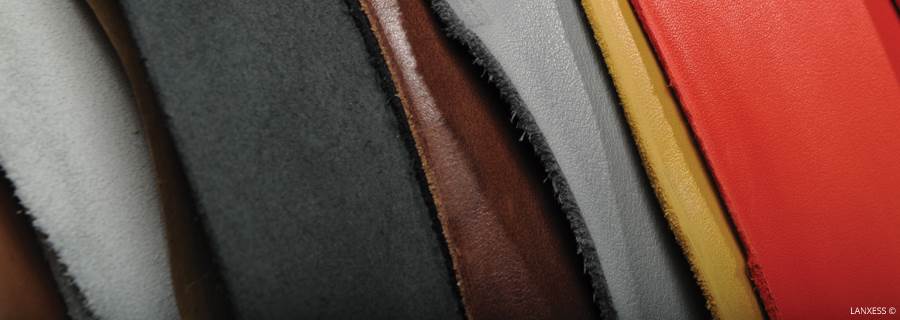Chrome in leather manufacture
About this essay
We first published essay eight in the Nothing To Hide series in April-May 2015 issue of World Leather, the first of two essays on the subject of the use of chrome in leather manufacture. Its main author was Dr Dietrich Tegtmeyer in his capacity as the then chair of the research commission of the International Union of Leather Technologists and Chemists Societies (IULTCS). Dr Tegtmeyer is now the global head of business development and industry relations at leather chemicals group TFL. In 2015, he held a similar position at Lanxess and acknowledged the contribution that his colleague Dr Martin Kleban had made to the original essay. We, in turn, want to acknowledge the input we have received from Eurofins-BLC Leather Technology Centre, and especially from technical manager, Georgina Mawer, in updating essay eight.
Executive summary
The most common method used throughout the world for tanning leather is known as chrome tannage. Approximately 85% of all leather is manufactured using this process, and it has been established for more than 160 years. Tanning agents for this process are based on the element chromium, a metal that is naturally present in minerals, and the main use of which, after extraction, is in the manufacture of high-grade stainless steel and in chromium plating.
Chromium compounds are important in human nutrition; chromium is an essential trace element. It is also widely used as a colouring agent for tattoos, and is naturally present in many soils and woodlands.
There are two forms of chromium compounds that the leather industry must take into account. The first is found in chromium tanning materials that are used for tanning, where chromium is in the trivalent state, considered as non-sensitising and proven to be harmless. The second form is the hexavalent state, which is found in chemical manufacture as an intermediate product. Hexavalent chromium is toxic to humans and animals, and so these processes must be managed by professional chemical manufacturers under very strict conditions. This ensures that the chromium-based tanning products received by tanners are safe to use.
It is possible to convert chromium compounds from the trivalent state to the hexavalent state under extreme temperatures and oxidative conditions. Since the early 1990s, studies have revealed more detail about chrome tanning. This has led to understanding that an indirect oxidation route is possible under “normal” conditions. Exposure of a chrome-tanned hide to high levels of ultraviolet or to certain oxidative agents can convert small amounts of trivalent chromium to the hexavalent state.
Recommendations for avoiding these conditions are well documented, and tanners using good recipes and good products will easily avoid these problems.
This paper shows that, although there is confusion between these two forms of chromium, there are no reasonable issues with trivalent chromium in leather.




